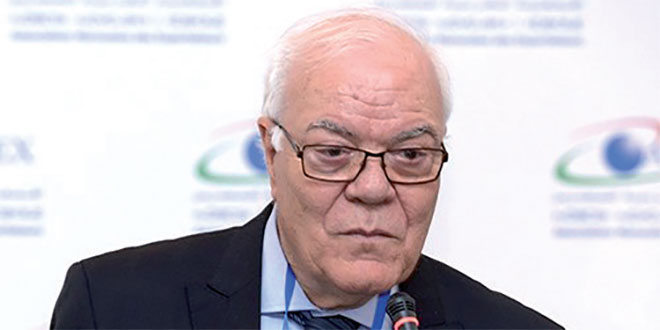Water stress/Dams: The occupancy rate is improving
Morocco has been facing increasing hydrological pressure for several years, exacerbated by seven consecutive years of drought.  According to statements made by the Minister of Equipment and Water, Nizar Baraka, during question time in the House of Representatives on October 27, 2025, the filling rate of national dams currently stands at approximately 31.6%, compared to 29% the previous year. This represents a slight improvement, but is insufficient given the country's growing needs. Morocco is heavily investing in dam construction as the foundation of its water resilience, as noted by the "MaaDialna.ma" platform created by the Ministry of Equipment and Water. To date, 14 major dams are under construction, in addition to 2 recently completed and already operational dams. Among the new projects launched in 2025 are several dams: Tafra (Al Hoceima province), Bouhamd, Dar Mimoun, Ali Tahilat (Chefchaouen province), Bab Ouedra, and the raising of the Bouhouda dam (Taounate province).
According to statements made by the Minister of Equipment and Water, Nizar Baraka, during question time in the House of Representatives on October 27, 2025, the filling rate of national dams currently stands at approximately 31.6%, compared to 29% the previous year. This represents a slight improvement, but is insufficient given the country's growing needs. Morocco is heavily investing in dam construction as the foundation of its water resilience, as noted by the "MaaDialna.ma" platform created by the Ministry of Equipment and Water. To date, 14 major dams are under construction, in addition to 2 recently completed and already operational dams. Among the new projects launched in 2025 are several dams: Tafra (Al Hoceima province), Bouhamd, Dar Mimoun, Ali Tahilat (Chefchaouen province), Bab Ouedra, and the raising of the Bouhouda dam (Taounate province).
The "small dams" component (or hillside dams) plays a strategic role in combating erosion and replenishing groundwater. The Government has planned 155 hillside dams by 2027, of which 50 are already completed or underway, 13 are planned for 2025–2026, and 92 more are planned through 2027. Specific projects, such as the small dam at Foum Zguid or the study for the Smouken dam (Tamanart commune), illustrate this decentralized approach adapted to local needs.
Aware of the limitations of relying solely on dams, Morocco is developing a multifaceted approach. First, seawater desalination. Primarily intended for
coastal cities, this technology is integrated into an energy transition strategy, with plants powered by solar and wind energy. Second, the reuse of treated wastewater , a growing practice, particularly for agricultural irrigation, helps conserve freshwater resources. Finally, there is the "Water Highway": a flagship project aimed at transferring water from surplus basins to deficit regions, thereby strengthening interregional water solidarity. These initiatives are part of the 2020–2027National Drinking Water and Irrigation Water Supply Program, endowed with a colossal budget of 143 billion dirhams (USD 15.4 billion).
Fatim-Zahra TOHRY
2025-10-30 16:25:54
www.leconomiste.com




